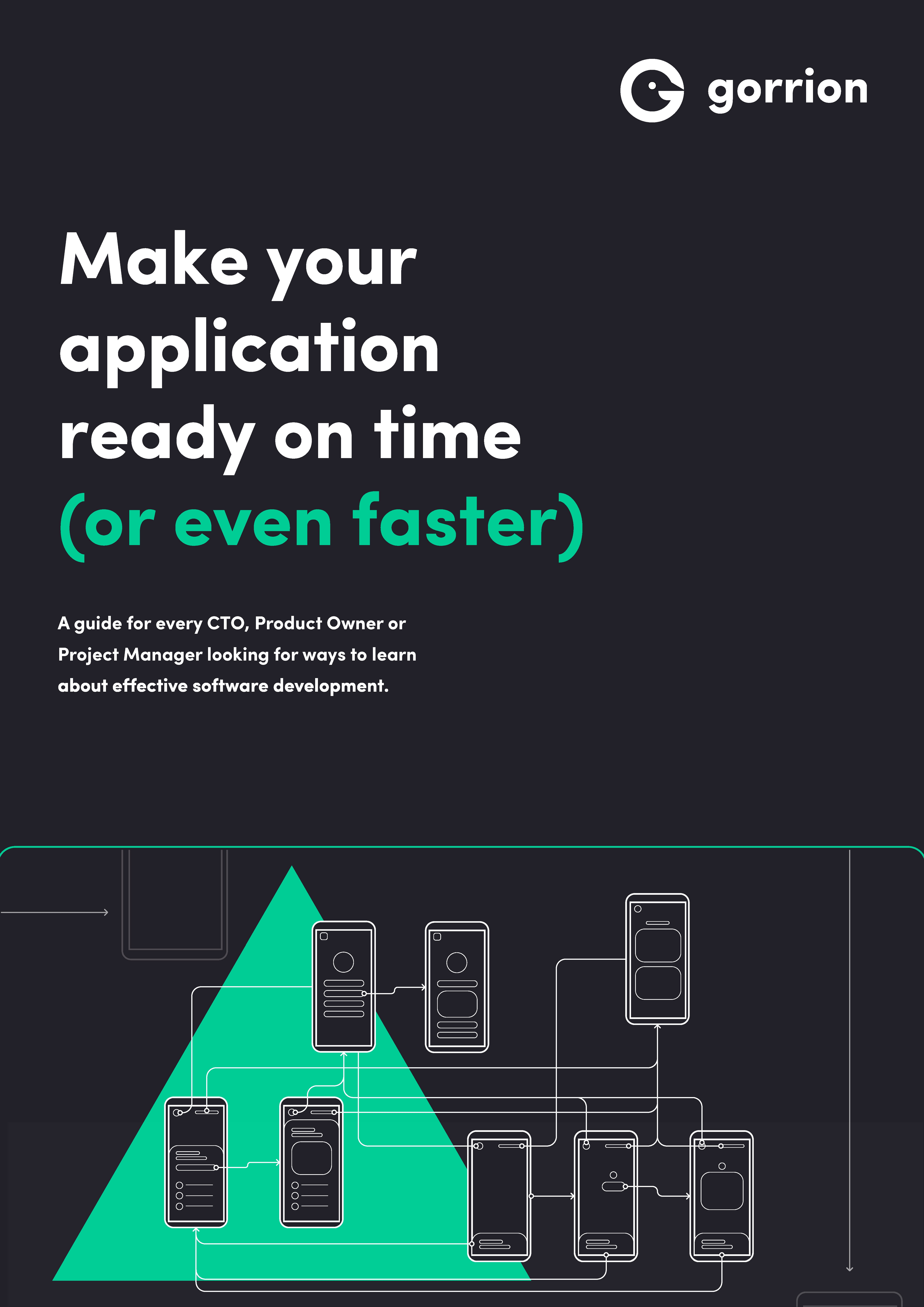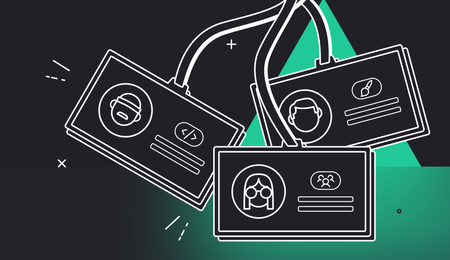

Make your application ready on time (or even faster)


Get to know how to speed up custom software development without compromising quality. Because why would you?
This ebook isn't done "by pure chance". It's the result of over 10-year experience working in projects of various industries and sizes. It's the outcome of several Scrum sprints, discovery workshops, project roadmaps, and more. And as we gathered all that knowledge, we decided to come forward and share it with you.

You will learn:
what impacts the rate of developing a digital product
how it's not only about the size of the team
why the initial phase is so important
how to preserve the code quality of the product
what is the tech tip that helped us boost the software development in no time
What's inside
With this ebook, you won't get all the information about project management in software development. Instead, you'll find selected insights about the most effective ways to cut software development time. Basically, it’s the effective project management 101. But before we do that, first, you'll become familiar with the factors that influence the speed of building a digital product. All of it to better understand the process and get to the core of potential thieves of time in software development.



Find out what the process looks like and how to get prepared before it even starts.
Articles
![What is a proof of concept, and why you need it]() Dominika Stankiewicz21/07/2020
Dominika Stankiewicz21/07/2020What is a proof of concept, and why you need it
Once upon a time, there was a visionary who had a business idea for a product that would revolutionize the market. The proud inventor found a software development company and asked them to design the product. They agreed. A lot of time and investor’s money had passed, yet still, there was no final product in sight. Finally, the project manager along with the team concluded that the product was impossible to create. As a result, they wasted time and money to prepare an unsatisfactory design.
![Three.js series – basic Three.js tutorial]() Patryk Kapkowski24/05/2022
Patryk Kapkowski24/05/2022Three.js series – basic Three.js tutorial
No matter if you are a designer, a developer, or just an ordinary internet user, at least once in your life you must have come across a website that used some 3D elements. Or maybe even offered a full-fledged 3D experience on its own! In this article we will dive together into the world of 3D web graphics and take the first step towards making you fall in love with them.
![Software development team structure]() Ela Binkowska09/08/2022
Ela Binkowska09/08/2022Software development team structure
Building a digital product isn’t a piece of cake. It’s the process, the technologies, and tools but, most of all, the people. Because in the end, it’s the software development team that gives life to an idea and turns it into a fully functional product, ready for the market. As said in the Agile Manifesto, individuals and interactions stand above processes and tools. And it’s becoming the truth.


